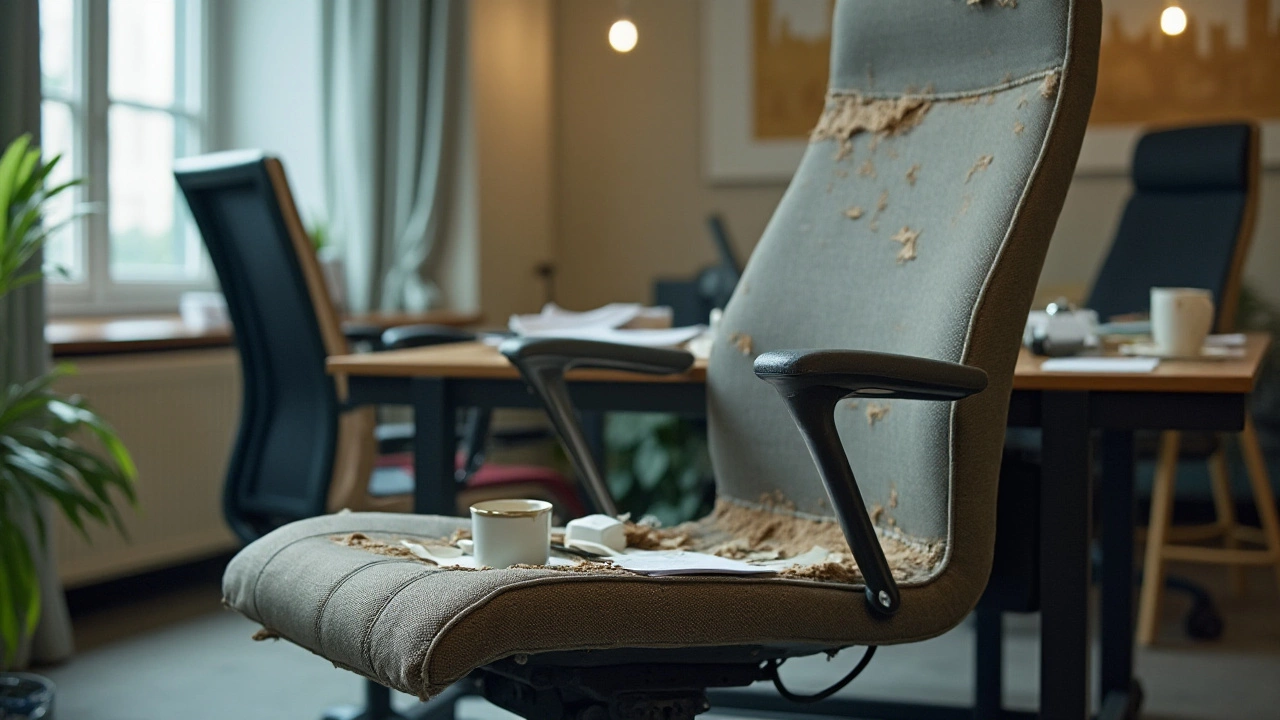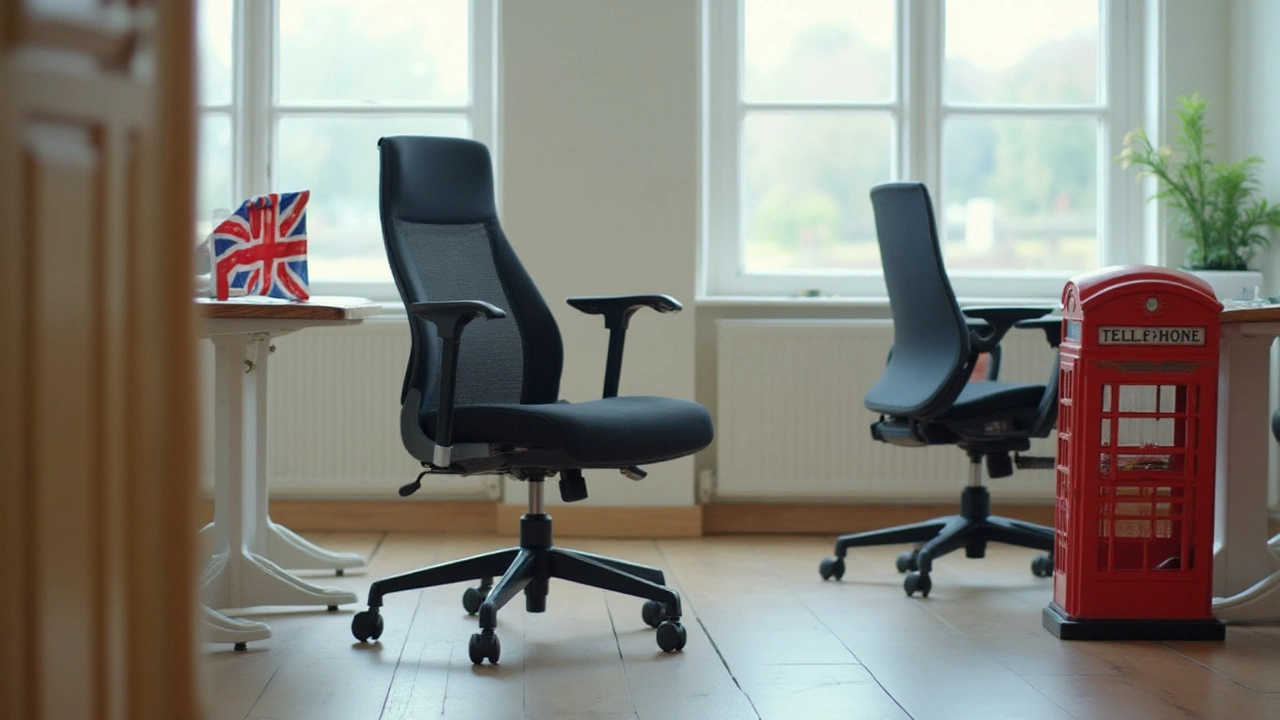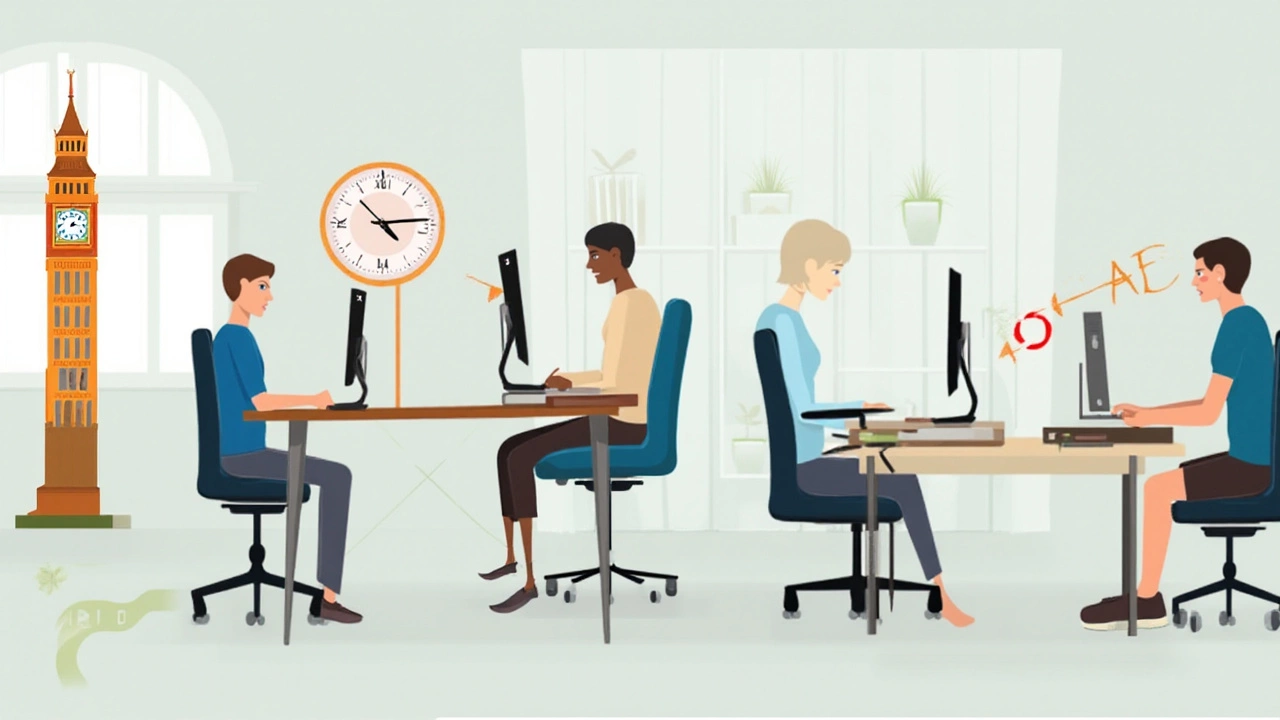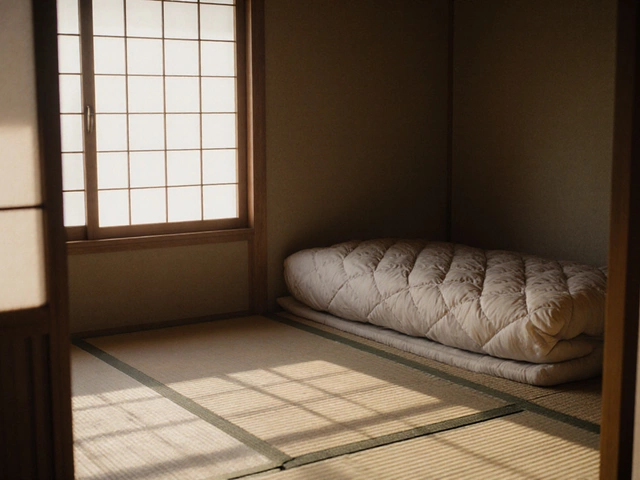When it comes to setting up an efficient workspace, the office chair is a vital piece that often gets overlooked. Many of us spend more time in our office chairs than we do in our beds, making it important to understand when it's time for a replacement. Sitting comfortably is essential not just for productivity but also for our health.
Office chairs don't last forever, and their longevity can vary based on several factors like build quality, usage, and care. Just like any other frequently used item, they undergo wear and develop signs that indicate it's time for a new one. But what are these signs, and how can you keep your chair in good shape for as long as possible? Here, we explore the intricacies of an office chair's life, ensuring you're informed and ready to identify when it's time to make the switch.
- Understanding the Average Lifespan
- Signs Your Chair Needs Replacing
- Maintenance Tips to Extend Lifespan
- Choosing Your Next Office Chair
Understanding the Average Lifespan
The lifespan of an office chair greatly depends on several factors, primarily revolving around the quality of manufacture and the frequency of use. Typically, a well-crafted office chair can last anywhere from five to ten years. Within this time frame, its components—such as the wheels, armrests, and the mechanism allowing for height adjustment—should remain functional. However, with constant daily use, even the most robust chairs begin to show signs of wear, prompting the need for eventual replacement.
Several brands and models—especially those with ergonomic designs—are built to withstand intensive usage. For example, chairs designed for rigorous use, such as those found in corporate or executive settings, tend to integrate high-quality materials that promise durability. Yet, as a rule of thumb, it is recommended to evaluate the chair's condition annually. Is the cushion supportive? Does the height adjustment still function properly? These should be observable markers.
When conducting these evaluations, one should not just focus on the wear and tear. Consider the technological advancements in ergonomic seating. According to a report by the Business and Institutional Furniture Manufacturers Association, ergonomic chairs have evolved significantly in the past decade. Features such as lumbar support adjustments, cooling mesh backrests, and advanced cushioning materials can now be found in newer models, enhancing comfort and productivity significantly. This technological leap often means that even if an old chair seems to function well, a newer model might offer drastic improvements in comfort and support.
"Investing in a quality chair may seem like a large expense initially, but it pays for itself through improved posture and reducing long-term health issues," states Lydia Ramos, a renowned ergonomics expert.
In some cases, extending the chair's life beyond its supposed expiration might be feasible. You can replace certain components instead of the entire chair. For example, if the wheels have worn down, purchasing new casters can provide a quick fix that dramatically extends longevity. Similarly, if your cushioning has deflated, adding an external cushion or replacing the seat pad can rejuvenate user experience without needing an entirely new seat.
Ultimately, the decision to replace an office chair should align with not only the chair’s physical condition but also innovations in office ergonomics and any changes to the user's own needs, thereby ensuring that comfort and health are not compromised. Outdated chairs may deceptively feel just fine, but investing in new technology can be a proactive move for your back, boosts in productivity, and long-term well-being.

Signs Your Chair Needs Replacing
It's easy to overlook, but your office chair replacement timing is crucial for maintaining a healthy work environment. Recognizing wear and tear might not always be obvious, yet several telltale signs can guide you. One such sign is a reduction in comfort; over time, you might find yourself repeatedly shifting to find a comfortable position or developing aches that weren't there before. This discomfort usually indicates that the cushion and support structures have broken down, a common occurrence in chairs that have seen a lot of use.
Visible wear and tear can also serve as a clue. Look for frayed fabric, squeaky and wobbly wheels, or a creaky frame. These are clear signals that your office chair is nearing the end of its lifespan. Sometimes, the reclining function might stop working altogether or the seat height adjustment mechanism becomes faulty, creating an awkward work position. Such functional failures not only impact comfort but can contribute to long-term health problems.
“Ergonomics and the comfort of seating play a direct role in worker productivity and satisfaction,” notes Judy Bowman, a workplace ergonomics consultant, emphasizing how crucial a good chair is to work life.
Another sign is the diminishing level of support. Good ergonomic seating should offer ample back support and promote proper posture. If you find that your back is not adequately supported or if the lumbar support has flattened, this is a sign that it's time to invest in a quality replacement. Often, it's the inner components, like the foam or springs, that silently degrade, unnoticed until discomfort arises.
For those wondering about specific timeframes, most average chairs last between 7 to 10 years, according to data by various furniture manufacturers, although this varies based on chair quality and usage frequency. A chair that's used more extensively—say eight hours a day, five days a week—will naturally wear out quicker. Regular maintenance can extend this life, but keeping an eye on comfort and function remains your best guide. Tables measuring chair durability such as these can be found readily available from most ergonomic studies.
Pay attention to changes in posture when seated on your ergonomic chair. If you notice you're slouching more or if armrests don't adjust as they should, likely, they're no longer providing adequate support. Proper alignment is key to preventing strain, thus a noticeable decrease means your chair might no longer meet basic ergonomic standards. Taking swift action not only secures comfort but importantly safeguards against potential health issues that can accrue over time.

Maintenance Tips to Extend Lifespan
Maintaining your office chair won't just make it look good; it will also keep it functioning well for years, saving you money and discomfort. Regular maintenance starts with keeping your chair clean. Dust and dirt can accumulate in the crevices and moving parts of your chair, leading to wear over time. Use a vacuum cleaner with a brush attachment to remove surface dust, and a damp cloth for spot-cleaning. This helps prevent fabric degradation and keeps the mechanisms free of particles that can hamper smooth operation.
An unsung hero in office chair maintenance is lubrication. The wheels, height adjuster, and tilt functions are all reliant on mechanisms that benefit from regular lubrication. Every few months, check these parts and apply a silicone-based lubricant to keep them running smoothly. This will not only extend the life of the chair but also make it much more pleasant to use. Make sure to not overdo it, as excess lubricant can attract dust, which would be counterproductive.
"A well-maintained chair supports better productivity," says Emily Tran, a leading ergonomics expert. "Regularly adjusting and caring for your chair is a simple way to ensure that it supports your body correctly."
Don’t forget about the upholstery, especially if it’s fabric or leather. For fabric chairs, a protector spray can help fend off stains, whereas leather chairs benefit from conditioners that prevent cracking. Conditioners not only keep the leather supple but also protect it from the detrimental effects of sunlight and air conditioning. Speaking of sunlight, avoid placing your chair in direct sun to prevent fading and material degradation over time.
Regular Checks and Adjustments
It’s tempting to set up your chair and forget about it, but periodic adjustments are crucial for preserving its integrity. At least once a quarter, go through a checklist: check all screws and bolts to ensure they are tight and secure, inspect wheels for any obstructions like hair or debris, and ensure that all adjustment features operate smoothly without resistance. Tightening and replacement of lost parts is key to keeping your chair stable and comfortable. A loose armrest or a wobbly base not only reduces comfort but could also compromise safety.
| Chair Part | Maintenance Frequency | Product Needed |
|---|---|---|
| Wheels | Quarterly | Silicone Lubricant |
| Upholstery | Monthly | Fabric Protector or Leather Conditioner |
| Screws & Bolts | Quarterly | Socket Wrench |
In essence, your chair speaks to you. The moment its comfort deteriorates or it begins to squeak or wobble is when it’s demanding your attention. Timely maintenance is more than just a chore – it’s an investment in the longevity of your office furniture. By treating your office chair with the care it deserves, you ensure that your comfort and productivity remain uncompromised.

Choosing Your Next Office Chair
As you contemplate replacing your current seat, stepping into the vast world of office chairs can feel overwhelming. From ergonomic seating to traditional styles, the choices are broad and varied, each promising a new level of comfort and support. The first step is understanding your personal needs and the nature of your work environment. Do you require a chair with lumbar support for those long hours at the desk, or is adjustability your top priority? An ergonomic design is critical, not just for basic comfort but for long-term health benefits that could prevent or alleviate back pain.
Beyond comfort, consider the durability of the chair. Material quality plays a significant role in the longevity of your office chair. Manufacturers often provide chairs reinforced with metal bases and high-grade fabrics to withstand daily use. If you're someone who values an aesthetic appeal, remember that style should marry function. An eye-catching chair might please the eye but ensure it also supports your daily posture needs. You'd ideally want a model that offers a blend of style, comfort, and functionality.
Comparing different brands and models based on user reviews and expert opinions can offer valuable insights. The importance of listening to experts cannot be overstated. According to a study by the American Chiropractic Association, "nearly 31 million Americans experience lower back pain at any given time." Choosing the correct chair could mitigate this common ailment, potentially saving on healthcare costs and enhancing productivity.
Features like adjustable armrests, seat height, and back recline are non-negotiable when selecting a chair that will last you years. Consider if you need a headrest or a mesh back for breathability in warmer climates. If your budget allows, don’t skimp on features that will ensure comfort in the long run. Also, take your workspace dimensions into account; a bulkier chair might not be suitable for small offices.
Office chair replacement decisions can also be influenced by warranties and after-sales support. Look for brands that back their products with warranties, covering repairs or replacements, which is a testament to their confidence in the product's durability. An investment in a high-quality chair should guarantee peace of mind as much as it ensures comfort.
"A chair that fits its environment, and its user, can make a world of difference in your level of comfort and productivity," shares Dr. Jane Morgan, an ergonomics enthusiast and professional consultant.
Budget considerations are also vital. While it's persuasive to go for the cheapest option available, remember a poorly designed chair can end up costing more in terms of productivity loss and potential back issues. Mid-range to high-end chairs often offer better materials and construction, translating to a longer lifespan. Keep these critical points in mind as you embark on finding a chair that is not only an investment in your office aesthetics but more importantly, your health and future well-being.






